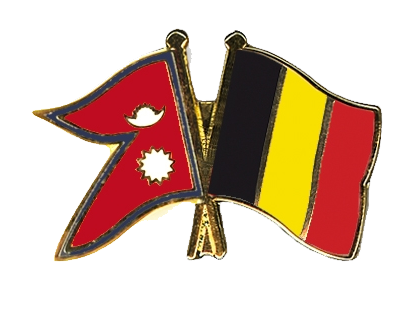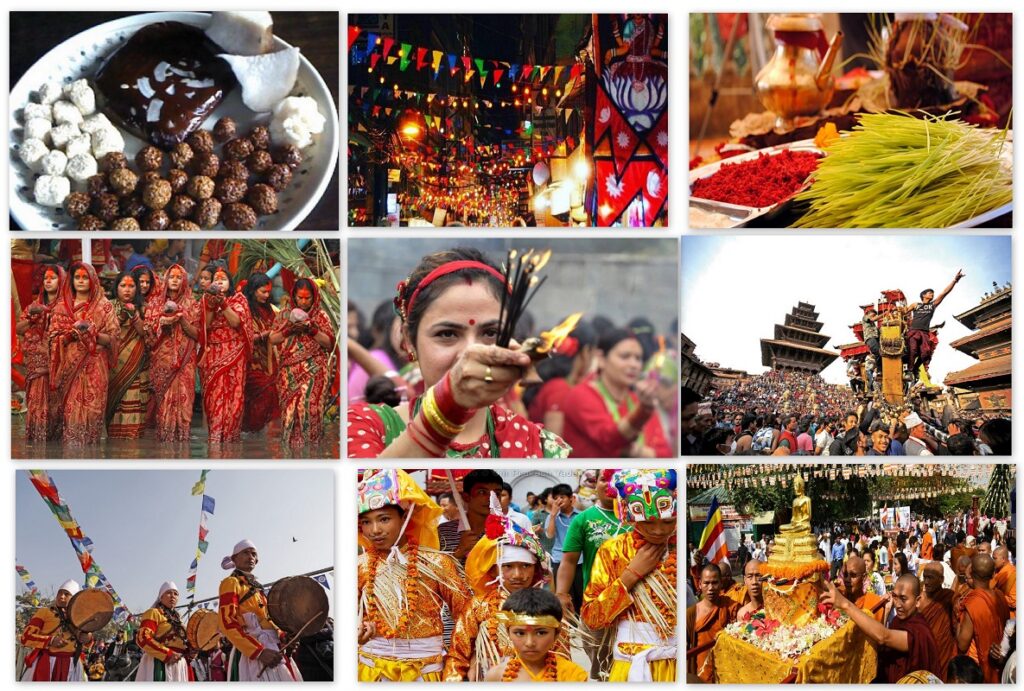Tourism is one of the main sources of income in Nepal. Partly due to the global warming of our earth, extra attention must be given to strongly responsible tourism. Travelling across Nepal can be not only a fascinating physical and visual journey through high mountings, cascading rivers, pristine forests and unexplored landscapes, but also a spiritual journey as well.
For many, Nepal remains a mystical land with harmonies blend of two of the world’s prominent religions: Hinduism and Buddhism. Nepal is attractive to spiritual seekers, aspirants of a new, bewildered generation who are seeking tranquillity, mental peace, and even silence and are seeking a solution to the questions they have long forgotten to ask! The isolated and inaccessible snowy Himalayas, the confluence of holy rivers, the sacred lakes, the pristine dense forests and the caves of the solitary mountains were the preferred destinations of sages and ascetics and yogis who quest for Nirvana and moksha. (Spiritual enlightenment and salvation).
Nepal is distinctly known as the world of colourful vibrant festivals celebrated under the pretext of social-cultural heritages. It is said that in Nepal every other building is a temple and every other day is a festival. Nepalese are said to observe more festivals than they are days in a year. There are different kinds of festivals celebrated to honour Hindu and Buddhist gods, goddesses and other to recreate important events from ancient mythology and epic literature. Listing all festivals would be too long, but I would like to mention a few:
Losar (January/February): Sherpas and Tibetans welcome their New Year.
Shivaratri (March): This is Shiva’s birthday. Shiva is considered the guardian and protector of everything that exists.
Holi-fagu Poornima (March): It’s the festival of waters and colours.
Nepali new year (April): Nepalese follow their own calendar system.
(Bikram Era)
Buddha Jayanti (May 14): They celebrate this day the day of Buddha’s birth, enlightenment and death.
INTERNATIONAL EVEREST (Sagarmatha) Day (May 29): The day on which Sir Edmund Hillary and Tenzing Norgay Sherpa conquered the highest peak in the world for the 1st time.
GAI JATRA (August): The Gai or cow is holy to Hindus as she represents Laxmi, the goddess of wealth.
KRISHNASTAMI (August): Birthday of Lord Krishna (an avatar of Lord Vishnu), the hero of the epic Mahabharata. (The Mahabharata is a very extensive religious and philosophical epic from India. Together with the Ramayana, it forms an important cultural cornerstone of Hinduism)
Teej (September): Hindu married woman’s day.
Indra Jatra (September): Thanksgiving for the rain, necessary for a good harvest.
DASHAIN (October): This is the most favourite festival in Nepal. Big swings are set on the ground for children and grownups alike. Animals like buffaloes, goats, ducks and chickens are sacrificed to the goddess Durga to celebrate her victory over evil, family and friends unite, feasts are consumed and blessings are imparted.
Tihar (November): It’s the festival of lights. On a different day, people worship crows, dogs, cows and oxen with vermillion, garlands and food for their role in society. On the night of Laksmi Puja, houses are decorated with candles, and oil lamps. Bhai tika, the last day of the festival, is the day when sisters make offerings to their brothers.
Again, this is only a small part of the festivities. Every community, every population group and every region celebrates its own festival for various reasons!


